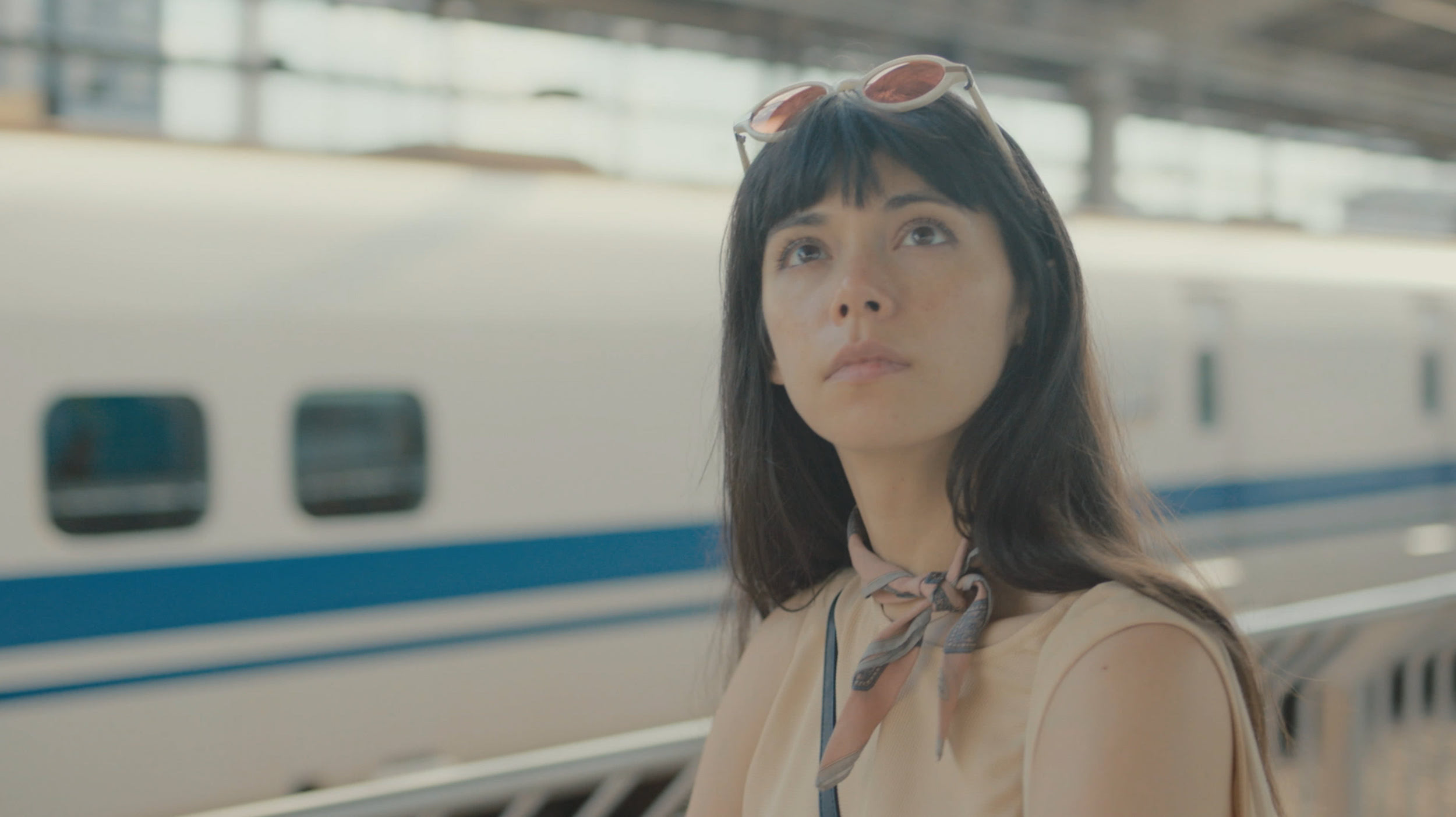We meet Mitzi in a Tokyo restaurant, the menu is entirely in Japanese and she kindly translates to the waiter switching in and out of English and Japanese. She tells us how she moved to the countryside of Japan when she was younger. All alone, her friends were thousands of miles away and she didn't know the language yet. She struggled but she found solace in sketching her surroundings. When words couldn't connect her to the people around her, her drawings could.

As an observer, Mitzi wandered in the strange world and began to draw the people, the places and the moments that caught her eye. She talks about how that helped her feel connected to the people around her, that she could see them in an intimate moment and capture their inner feelings. Emotions that reflected how she felt, isolated in Japan.
"The characters that I draw and the characters that I write about are often really solitary, lonely characters. Probably from living in a place like that, and spending so much time in Japan, that continued."
Her parents neglected to show their support for her new outlet and even found her art worrying as they wondered why her characters weren't smiling. However, Mitzi's strong independence kept their comments from deterring her work. She drew constantly and as her style evolved, she found her work at home with fellow illustrators in the world of Pop Surrealism.


I just knew what I liked, Mitzi says, so I kept drawing that way. I didn't know what it was called at the time.
In the coming months she adapted to her new surroundings and learned to speak Japanese but she kept capturing the world around her with a pencil and paper. When she began posting her work online, people from everywhere connected to her work and the stories in her art.

The illustrators she had admired as a developing artist, began to reach out and praise her drawings. Encouraged, Mitzi kept putting out new work and other Pop Surrealism artists began referring her to commissioned jobs. The support and admiration of fans and artists across the Internet helped push her to ravenously produce more and think about the possibility of illustration as a career.
Mitzi has a profound adoration of stories and she wants her drawings to reflect that. A moment, a feeling, an atmosphere that tells an intimate tale. If you talk with Mitzi long enough, her excitement for telling stories becomes infectious. And while she points the lens of her work at the outside world it's clear she's imbued a piece of herself into each of the characters she draws.

Some of Mitzi's stories take written form. She's been writing as long as she's been drawing, but she'll make a distinction between the two "I think that visual art is more instantly gratifying so it's sort of more enjoyable to do"

"Whereas writing is often painful, it's harder to get where you want to go and it's harder to see results in what you do. Which makes it altogether more difficult, you have to be very disciplined."
Mitzi adores the meditative aspect of drawing, because it allows her to feel refreshed as time passes by her. Drawing also provides more encouragement for her as she can tell when she's almost done with a story.

"With art you can mark your progress everyday, so that makes it easier to keep going"
Once she's finished a piece she allows her audience to give it new meaning.
"I think illustrations offer even more freedom for telling a story... because there aren't words telling you what happened."
Mitzi mentions that the way her fans identify with her drawings might not even be what she intended, but now it's their story.
And she enjoys letting the art live a life of it's own.

"That's the beautiful thing about art. Everyone gets whatever they want out of it"
